What Care Does Bamboo Have?: [Composting and Pruning]
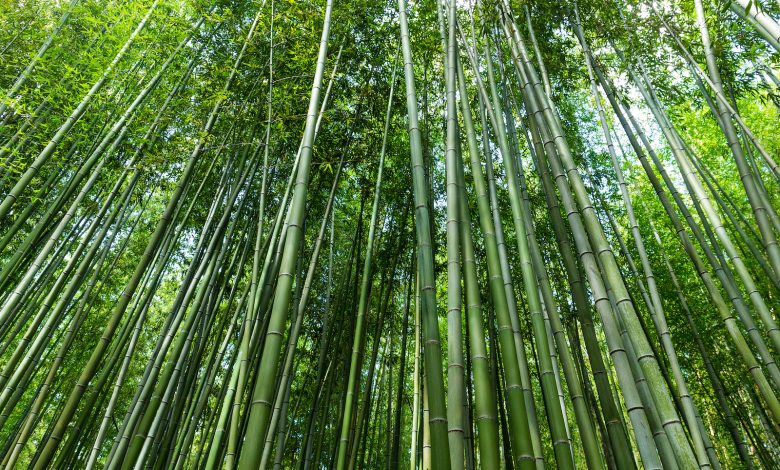
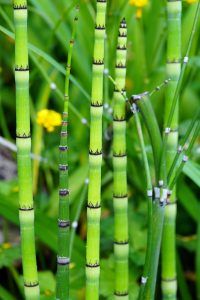 Bamboo is a plant of great diversity which is natively present on all continents, with the exception of Europe and Antarctica.
Bamboo is a plant of great diversity which is natively present on all continents, with the exception of Europe and Antarctica.
However, the most important thing about the Bambusoideae is the wide spectrum of uses and applications.
If you are looking to renew the image of your garden, or you want to grow these plants, it may be convenient to know some details that will allow you to keep them in good condition.
To help you with this task, we want to share a brief guide with some of the most important care for bamboo and that, in general, can improve the development of your plant. We hope this help you.
What land needs does bamboo have?
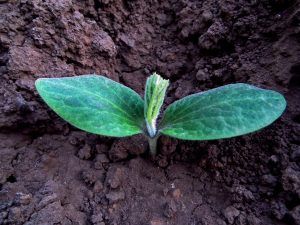 Bamboo tends to grow easily in moist, aerated, well-drained soil.
Bamboo tends to grow easily in moist, aerated, well-drained soil.
Although it can be grown on land where the groundwater is 30 centimeters from the surface, it does not tolerate prolonged flooding.
This plant can be grown in soils with any texture, as long as they have enough moisture.
However, sandy loam soils and clay loam soils are preferable, as they retain more moisture and need less irrigation compared to sandy ones.
Another important aspect regarding the care of bamboo is that its pH must be in a range between 4.5 and 7.5 and, although it is tolerant to salinity, soils in which salt is free in the soil should be avoided.
How to make bamboo grow strong and vigorous?
Although there is a great variety of bamboo species, there are some general guidelines that can be followed so that our plant or crop grows strong and vigorous. Here we share some of them.
Temperature
Most bamboos grow at temperatures between 9°C and 36°C. There are some species that develop in cold areas where they must take advantage of the longer periods of heat.
However, they should never be grown in regions with temperatures below -20°C.
Wind
Bamboo is a wind resistant plant during its mature stages. However, it is important to protect it when it has just been planted to avoid damage to its leaves and tender stems.
Lightning
Bamboo plants require a site with plenty of light, especially during the early stages of development. For this reason, it will be important to locate it in a space free of shade.
However, you have to be careful with excess direct exposure to the sun as it could harm it.
Subscriber
Another care for bamboo is to supply it with the nutrients it requires the most, which are mainly nitrogen, phosphorus and potassium, nutrients that can be found in unprocessed organic fertilizer.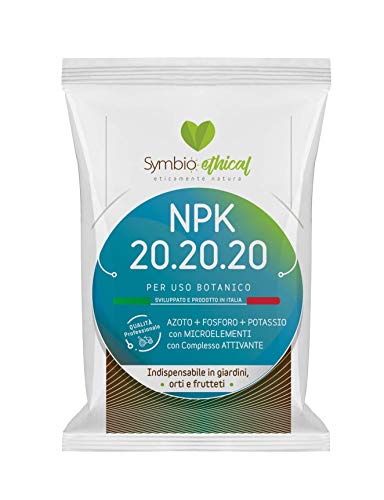
This fertilization should be done every 3 or 5 times a year, 5kg per bush or depending on the needs.
What humidity does bamboo need?
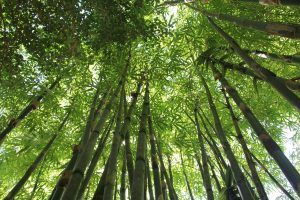 Bamboo is a plant for humid environments, preferably when the relative humidity is above 80%.
Bamboo is a plant for humid environments, preferably when the relative humidity is above 80%.
Likewise, it requires good amounts of water to develop, especially during the first months after planting it.
In the event that ideal conditions do not exist with respect to humidity, it is recommended to sow during the months of the year in which rainwater irrigation can be used.
The minimum annual rainfall for bamboo cultivation is usually estimated at 1,020 millimeters. In fact, it is necessary for it to rain at least 100 millimeters per month for 6 months to guarantee its development.
In the event that the environment is dry for long periods of time, it should be watered once every 5 to 6 days. On the other hand, mature plants can temporarily resist flooding; however, small ones are more susceptible to water deficiencies and excesses.
Is it necessary to prune bamboo?
Bamboo management is based on the development of the stem and the cut depends on the applications to which it is going to be used and the production of the species.
This is so since the cutting of young stems produces more stems with little height, while the cutting of old stems produces less quantity, but with greater height.
How often should we prune bamboo?
It is recommended to prune bamboo annually after 3 to 5 years of planting, depending on the species. This is usually done at the end of the mature or commercial phase when the wood becomes more resistant and some lichens begin to appear.
It is worth mentioning that root pruning is important since, if it is not pruned periodically, the bamboo could become unproductive. However, bamboos that are cut completely and repeatedly are in danger of losing their vigor.
So that the above does not happen, it is recommended to do a pruning in which at least 25% of the rods remain standing.
How to prevent pests and diseases from appearing in bamboo?
Few diseases or insects attack living bamboos. In the case of diseases, these usually appear on young stems, especially at the beginning of planting, causing rot and unpleasant odours.
To treat them, it is recommended to carry out some cultural practices such as the removal of stems, the burning of residues, the application of fungicides such as DDT, as well as soil treatment with Dithane M45.
With regard to pests, insects of the genus Homoptera usually attack living stems, but do not interfere with their development. It is in the stage after cutting that more serious measures must be taken, as some insects can cause significant damage.
Among these measures, it is recommended to apply chemical treatments based on boric acid, borax and sodium dichromate in different proportions. It is also possible to carry out physical treatments with fire, by boiling the wood or by changing the season of the harvest.
Conclusions
Bamboo is a very valuable plant due to its multiple uses, rapid growth, and its great ability to regrow, which provides an attractive material for various markets.
We hope that this brief guide on bamboo care will be useful to you and that it will allow you to start or continue with your cultivation project. If you want to know more about bamboo, we invite you to read the related articles on our blog.
Bibliographic references
- https://en.wikipedia.org/wiki/Bambusoideae
- http://www.fao.org/3/x5390s/x5390s05.htm
- http://190.167.99.25/digital/bamboo.pdf
- https://repositorio.unphu.edu.do/bitstream
- http://www.unmundodebambu.com.ar/librosdebambu/SB.pdf
- http://www.economia.unam.mx/deschimex/cechimex/
Maybe you are also interested in:

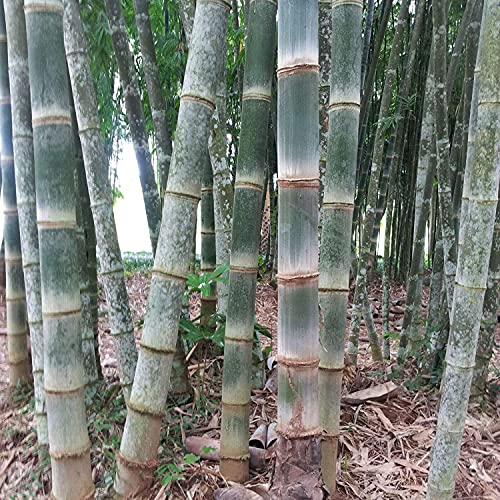
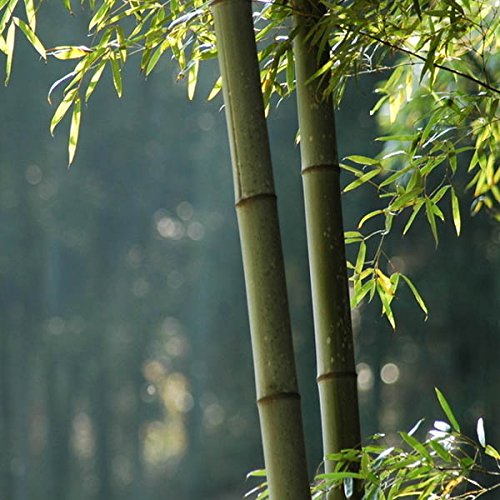
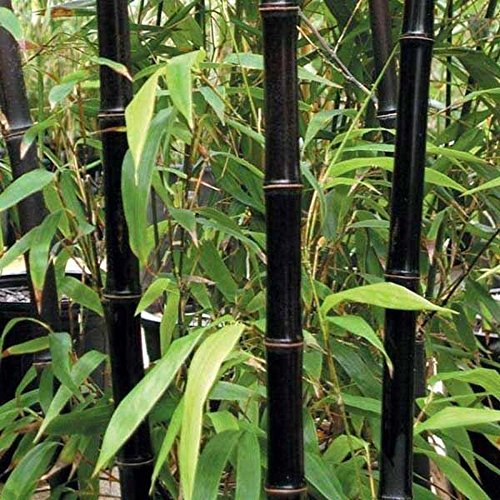


![Photo of Anise: [Cultivation, Irrigation, Care, Pests and Diseases]](https://www.complete-gardening.com/wp-content/uploads/2022/08/anise-cultivation-irrigation-care-pests-and-diseases-390x220.png)
![Photo of Cabbage Caterpillars (Pieris brassicae and Pieris rapae): [Characteristics, Detection, Effects and Treatment]](https://www.complete-gardening.com/wp-content/uploads/2022/08/cabbage-caterpillars-pieris-brassicae-and-pieris-rapae-characteristics-detection-effects-and-treatment.gif)
![Photo of Weevil: [Characteristics, Detection, Effects and Treatment]](https://www.complete-gardening.com/wp-content/uploads/2021/06/Que-es-el-picudo-390x220.jpg)
